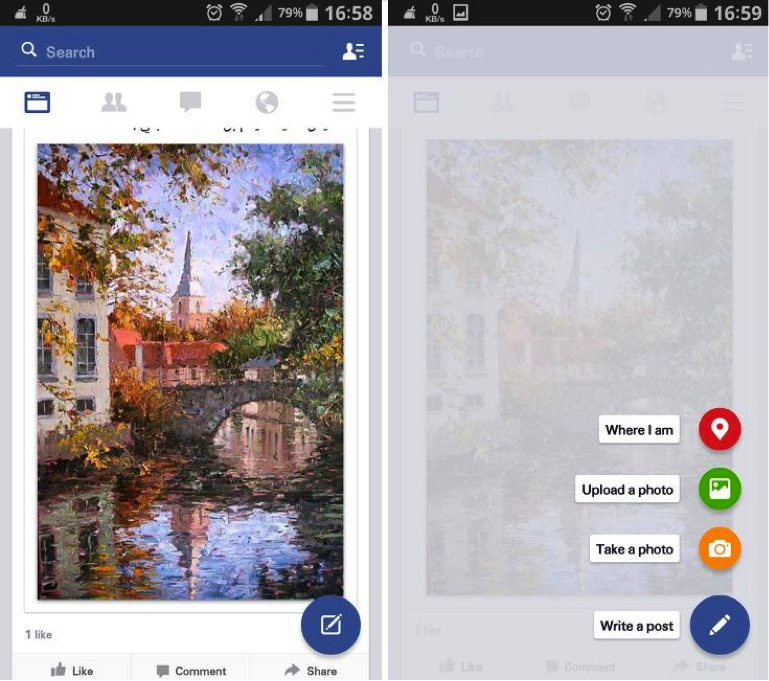In continuation of our exploration of the top 5 app development trends for 2016, this week we will be exploring cloud integration. Check out our master list in our blog App to the Future and be on the lookout for next week’s blog when we explore Security.
While the ethereal nature of the cloud makes it a mystery to many consumers, the cloud has engrained itself in businesses across the globe. Studies show the global market for cloud equipment will reach $79.1 billion by the year 2018.
A lot has changed since we last tackled the cloud in our 2013 blog What Can Cloud-Based Mobile App Development Do For Your Company? The aspects which haven’t changed are the basics: the cloud reduces operating costs by taking the computing load off of local and dedicated servers, it improves collaboration, and it fosters a streamlined collaborative environment.
CLOUD FOR CONSUMER USE
In the past 5 years, Amazon, Google and Apple have all monetized clouds for consumer use. These cloud offerings break up into two categories:
PUBLIC CLOUD: iCloud, Google Drive and Amazon Web Services, in addition to Dropbox and Box, all offer public cloud storage offerings. These clouds are accessible to the public through the Internet.
PRIVATE CLOUD: While the public cloud is available on the public web, the private cloud is designed for a single organization. These offerings are often crafted by cloud providers such as Rackspace, VMware, Microsoft and OpenStack.
HYBRID CLOUD ADOPTION
One of the major cloud trends in the past few years has been the adoption of the hybrid cloud. The hybrid cloud uses a mix of on-premises, private cloud and the public cloud to customize storage needs. Hybrid cloud adoption jumped from 74% in 2014 to 82% in 2015. The hybrid cloud has gained popularity because it allows businesses to section off their storage needs and leverage the advantages of the private cloud and the public cloud while keeping the disadvantages at bay.
CLOUD INTEGRATION
One of the most interesting trends in the cloud for mobile developers is cloud integration. Device integration entails that multiple applications share data in the cloud and communicate either directly or through third-party software.
A great test case is Apple’s use of the iCloud to promote device continuity. Apple uses the iCloud to make sure files and apps which are synced to the user’s MacBook are also synced to iPhone, iPads, and Apple Watch. This allows the user to alternate between devices seamlessly and encourages them to buy Apple products.
For app developers, cloud integration is a major trend within the industry. With Apple leading the charge, many app developers and their clients want their iOS apps to integrate with iCloud with the intention of luring users to download apps on multiple devices and use them seamlessly. Cloud-integrated apps represent an investment in both time and money for developers. In order to justify the effort, the app should appeal to tablet, smartphone, and perhaps also desktop users. Cloud integration represents a major opportunity for developers to increase brand continuity by creating a user experience which is consolidated across devices and informed by data across the enterprise.
Learn more about device integration with the iCloud via Apple’s Developer website.
For those with their sights set on cloud integration, here are some of the best third-party cloud data integration software options on the market:
Zapier

